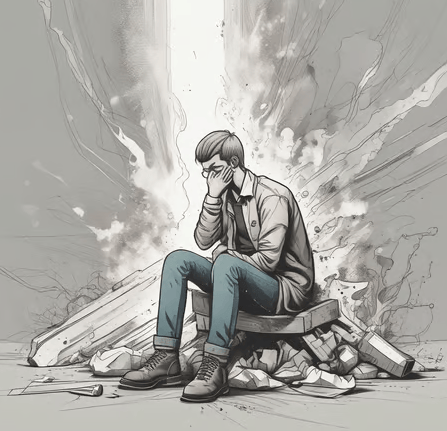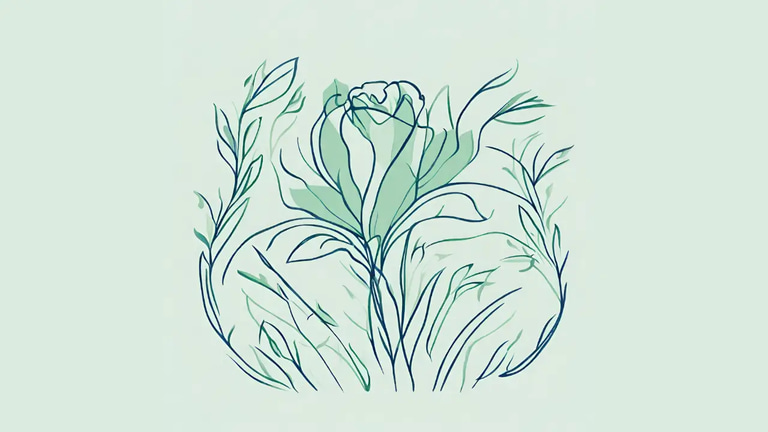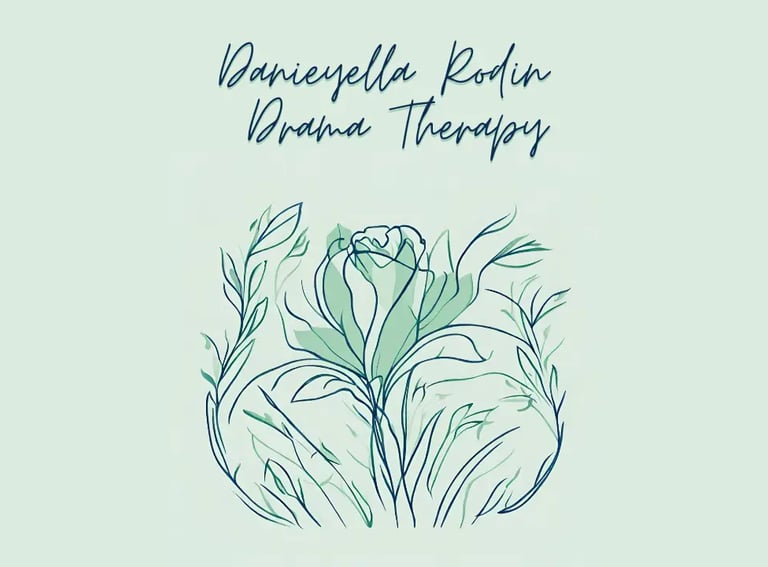Burnout: not simply a workplace issue
4/2/2025


Unique Considerations for Autistic Individuals
Autistic individuals may experience burnout differently due to their unique sensory profiles. They may face increased difficulty navigating social situations, leading to heightened exhaustion, diminished coping abilities, and withdrawal from social engagement. Dr. Megan Anna Neff, a clinical psychologist who specialises in neurodivergence notes that what further complicates matters is that there is a large overlap between autistic burnout and depression. Being able to distinguish whether social withdrawal is adaptive or maladaptive for the individual client may offer insights into distinguishing between autistic burn out and depression, enabling a more helpful treatment approach.
For neurodiverse people, it may be more crucial to manage sensory inputs and social expectations through boundary setting when experiencing, or recovering from, burnout. In addition finding restful activities which are nurturing and nourishing for their nervous systems is crucial, as is finding appropriate tools, spaces and support for emotional processing.
Recognising the signs of burnout is crucial for effective intervention. Those experiencing burnout should prioritise self-care and seek support from friends, family, or professionals to manage their stress. Engaging in activities that promote relaxation, emotional processing, and social connection can aid in recovery. It is essential to address burnout proactively to mitigate its long-term effects on health and well-being.
Adolescence: Burnout and Development
In adolescents, the combination of developmental changes, increased academic demands and the social pressures of adolescence can create a breeding ground for burnout, necessitating a need for effective coping strategies and support systems. In addition to the evident physical and hormonal changes which teens are going through, we now know that there are also major neurological changes and developments taking place too. As Dan Siegel notes in his book on adolescent development, Brainstorm, just as the prefrontal cortex is developing, so too are changes occurring in the lower, emotional limbic parts of of the brain. With these changes, teens are more subject to emotional overwhelm and stress.
Add to this neurodevelopmental growth, immense academic and social pressures (never-mind the pressure of the social media age), it is no wonder teens are at risk for burnout. Caregivers, parents and therapists supporting adolescents, and teens themselves can help prevent or manage burnout by developing appropriate coping strategies, a strong support structure and making time to engage in enjoyable, pressure free activities which encourage reflection, social engagement and play.
Drama Therapy for the Prevention, Management and Treatment of Burnout
Drama therapy's playful approach can be a refreshing and nourishing way to engage with burnout recovery. Drama Therapy offers embodied, creative and expressive tools to provide insight into the encounter and experience of stressors; nurturing creativity and interests, establishing boundaries; and processing the emotional overwhelm which characterises much of burnout.
Drama therapy is useful for developing and deepening self-awareness through self-reflection and self-discovery. Group Drama therapy in particular, also promotes connection and social connection which is collaborative and creative which can foster a sense of community and support that can alleviate feelings of isolation associated with burnout, and possibly offer individuals experiencing autistic burnout social engagement which is energising, rather than depleting.
Drama therapy provided opportunities to practice boundary setting and coping strategies and visualise different outcomes and responses to stressful situations, providing them with embodied experiences of new tools to navigate their challenges effectively. Finally, the creative expressive nature of drama therapy strengthens people's self-concept allowing them to experience themselves as creative, capable and connected - in stark contrast to the depersonalised and depleting effects of burnout.
Using Metaphor and Storytelling in Treatment
Below is the sad, a slightly scary story of a girl who meets a terrible end. It is beautifully told by Clarrisa Pinkola Estés but if you're not feeling ready for an emotionally challenging story, you can still just read on, to get a sense of how a story such as this one, may be used in drama therapy. In other words you don't need to watch or listen to the video in order to make sense of the rest of the blog - though it may make it even richer.
Burnout is a state of emotional, mental, and often physical exhaustion that can arise from prolonged or repeated stress.
While it is commonly associated with work-related issues, burnout can also stem from various life challenges, including personal relationships, health problems, and other responsibilities. The term was first introduced in the 1970s by psychologist Herbert Freudenberger, who described it as a state of extreme fatigue or frustration resulting from the stress of environmental, social or workplace expectations.
Burnout is characterised by negative feelings, experiences and even physical symptoms:
Exhaustion and Physical Depletion
People may feel emotionally overextended and depleted of emotional resources, leading to chronic fatigue despite adequate rest. Others may experience headaches and gastrointestinal issues.
Cynicism and Alienation
Individuals may develop a sense of cynicism, a negative or detached attitude towards their responsibilities, exhibit signs of frustration or a lack of engagement and investment in activities.
Inefficacy
Burnout often results in feelings of incompetence or a lack of achievement, where individuals may struggle with productivity at work or in their personal lives. They also may experience difficulty concentrating and a reduced sense of personal accomplishments.

In drama therapy, metaphor and storytelling provide a dynamic means of addressing complex mental health challenges, such as burnout. The Clarissa Pinkola Estés’ retelling of "The Red Shoes" for example, offers a striking metaphor for the experience of burnout, particularly in its depiction of being "stuck" in one role. The protagonist, a young woman, becomes entranced, and ultimately trapped, by a pair of red shoes that force her to dance endlessly, unable to stop, even at the expense of her well-being.
The shoes in this story could be seen to represent an obsessive fixation on external expectations and perhaps validation, which mirrors the burnout that arises from over-committing to one narrow role or identity. This "limited role repertoire"—where the individual is caught in a single, unrelenting role—can be a key contributor to burnout. In the case of the woman in the story, her sole focus becomes the shoes and, due to the dancing which is a consequence of this fixation which eventually becomes grotesque, she loses touch with other aspects of herself.
The more she gives in to the shoes, the more fragmented and disconnected she becomes from her true self. This mirrors the experience of individuals in burnout, who often feel trapped in a singular, exhausting role, such as work or caregiver, without the opportunity to explore other facets of their identity or find balance.
In the context of drama therapy, the metaphor of "The Red Shoes” for example, may allow an individuals to explore the consequences of being stuck in one role. By enacting or reflecting on the story, participants can gain insight into how their own burnout might stem from a restricted sense of self, where they are only performing one role at the expense of others.
In the long-term
Burnout can cause some really challenging mental health conditions if it is not managed and treated. It can lead to chronic physical and psychological distress which could be even more challenging to manage after years of entrenched burnout symptoms.
Noticing the early signs of burnout and figuring out the most effective ways of managing it is vital to limiting it's long term health impacts,



